


ORE DEPOSITS IN THE ANTI-ATLAS AND SUB-ATLAS REGIONS
The Anti-Atlas geological province is the host of a variety of ore deposits, ranging from Paléoprotérozoïque to Ordovician in age. These deposits are mainly Cu-Au porphyry types, precious metal epithermal (Au, Ag) or polymetallic VMS base metals (Cu, Pb, Zn, Au, and Ag), while the sub- Atlas region presents an important occurrence of manganese. Figure 8 shows the location of the most important deposits in the Anti-Atlas region.
Located in eastern Anti-Atlas, the world class Imiter Ag-Hg mine (8.5 Mt at 700g/t Ag), is among the most important deposits in Morocco. It is considered to be of epithermal origin. The silver mineralisation happened during regional extension (+/- transpession?) tectonic regime event around 550 and is hosted in a series of volcanic felsic rocks Ma (Tuduri et al, 2006). Briefly, a three-stage model has been proposed to explain the deposit: a first episode characterized by the development of quartz, pink dolomite, and Ag-rich minerals veins formed during a dextral transpressive event, followed by a barren stage associated with a normal left-lateral motion that re-opened previous structures, and a final alteration stage (i.e. supergene enrichment) that contributed to local enrichment in Ag deposit (Tuduri et al, 2006).
Regarding copper, Bleida was the most important Cu deposit of northern Africa until late 90’s. Located on the northern edge of the West African Craton, the Bleida orebodies are located on an inactive continental margin along with preserved ophiolites of Upper Proterozoic age. The copper deposits (chalcopyrite, bornite, pyrite) are stratiform distal massive sulfide bodies whose position is controlled by both the sedimentation of shales and an acid volcanism, which follows a more important basic volcanism. Pan-African deformation (650-600 Ma) has determined the current geometry of the cupriferous lenses although it has not remobilized the sulfides out of their original carrier beds (Leblanc and Billaud, 2006). West of the main Moroccan Bleida copper deposit, gold mineralization has also been discovered (West Bleida, ca. 3 tonnes metal Au). It is hosted by metamorphosed and deformed mafic to intermediate volcanic rocks that are part of the Neoproterozoic tholeiitic volcano-sedimentary series forming the stratigraphically upper part of the Bou Azzer ophiolite sequence. Gold mineralization primarily occurs
as deformed gold-bearing quartz veins and disseminations in Cu-rich chert zones (chalcopyrite– malachite), Fe-rich lithofacies and breccia zones. Gold is accompanied by small amounts of copper sulphides (<1% modal chalcopyrite).
Another important occurrence (not displayed in the map, Fig. 8) is the Imini Manganese deposit, the most important Mn deposit of Morocco, located in the western margin of the Ouarzazate foreland basin (Sub-Atlas). The manganese ore is made of pyrolusite (MnO2), and is hosted in different horizons of dolomites from the lower Cretaceous, and another accessory layer. This layers thickness can reach up to 1 meter. The deposit scale is 25 km per 100-400 m width, and sits above slates and crystalline rocks. Dolomitic sandstone and/or conglomerate are present between each mineralized horizon. Isabel von Steinaecker; source: http://www.geo.tu-freiberg.de/oberseminar/os03_04/Isabel_Steinaecker.pdf).
Figure 8: The Anti-Atlas belt at the northern limit of the West African Craton. Redrawn after Dallmeyer and Lecorché (1991) and a geological sketch map of the Anti-Atlas belt in southern Morocco and location of main ore deposits. SAF: South Atlas Fault. Gasquet and al. (2005)
Source web par unige.ch
Les articles en relation

TRÉSOR DES PLANTES MÉDICINALES DU MAROC
TRÉSOR DES PLANTES MÉDICINALES DU MAROC Le Maroc dispose de [COULEUR-3] 4200 espèces de plantes sauvages [FIN-COULEUR], dont [COULEUR-3]800 espèces endémiques [FIN-COULEUR]. [COULEUR-3]600 &agrav
Savoir plus...
Visite hier de l’Agadir Inoumar
Visite hier de l’Agadir Inoumar Nous voulions faire découvrir à ma soeur Régine et à Georges un grenier fortifié de l’Anti-Atlas. Celui d’Imchguiguilne étant toujours fer
Savoir plus...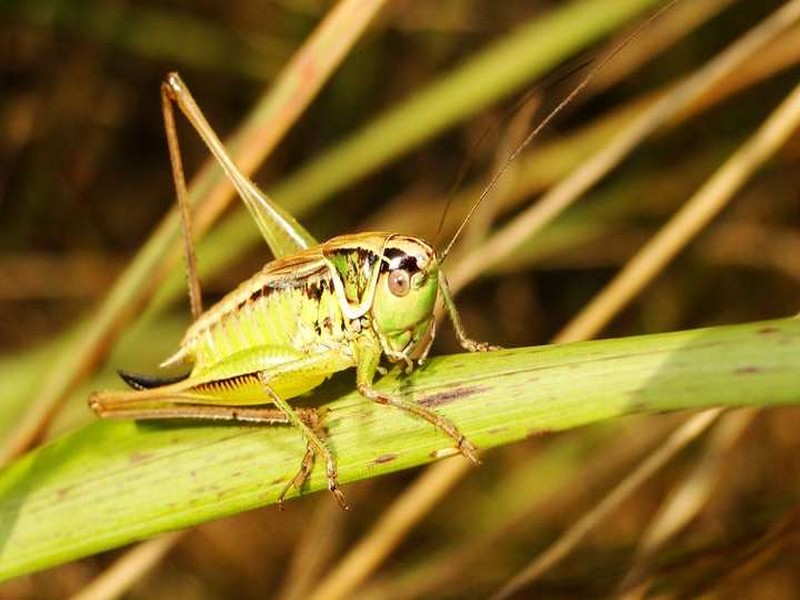
Des insectes porteurs de virus : un projet américain qui inquiète des scientifiques
Des insectes porteurs de virus : un projet américain qui inquiète des scientifiques Selon un collectif de chercheurs, le programme de recherche de la Darpa visant à inoculer des gènes de résistance
Savoir plus...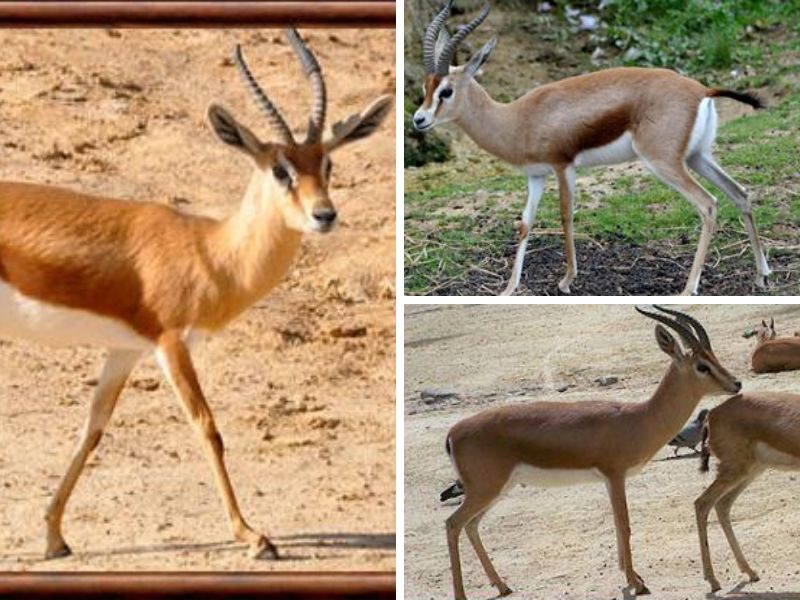
La Gazelle Dorcas : Un Trésor de la Faune du Géoparc Jbel Bani Menacé
La Gazelle Dorcas : Un Trésor de la Faune du Géoparc Jbel Bani Menacé La gazelle dorcas (Gazella dorcas), également connue sous le nom de Gazelle dorcade, est un mammifère herbivore appartenant &agr
Savoir plus...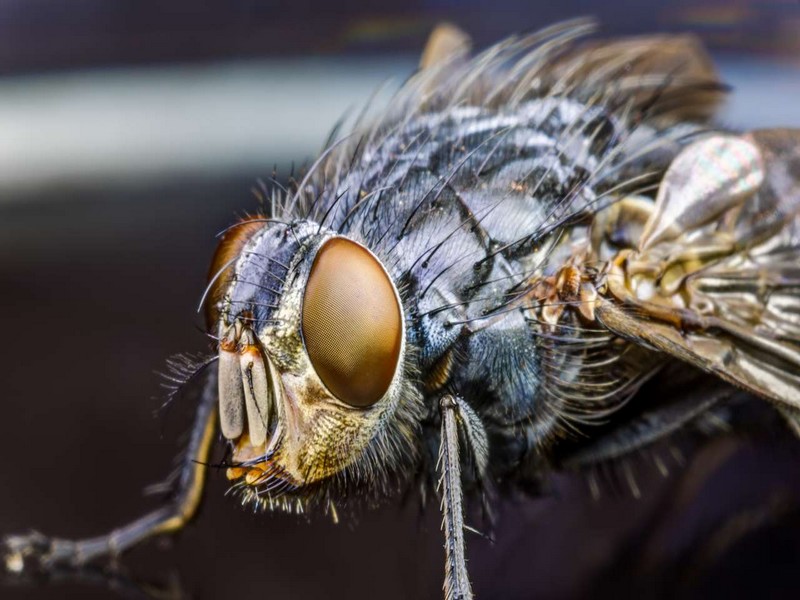
Que voit une mouche ?
Que voit une mouche ? Les yeux de mouche sont gros, ils prennent toute la place sur la tête de l'insecte et sont rouge vif. Cela veut-il dire que la mouche voit rouge et en grand format ? Pas tout à fait, mais sa vis
Savoir plus...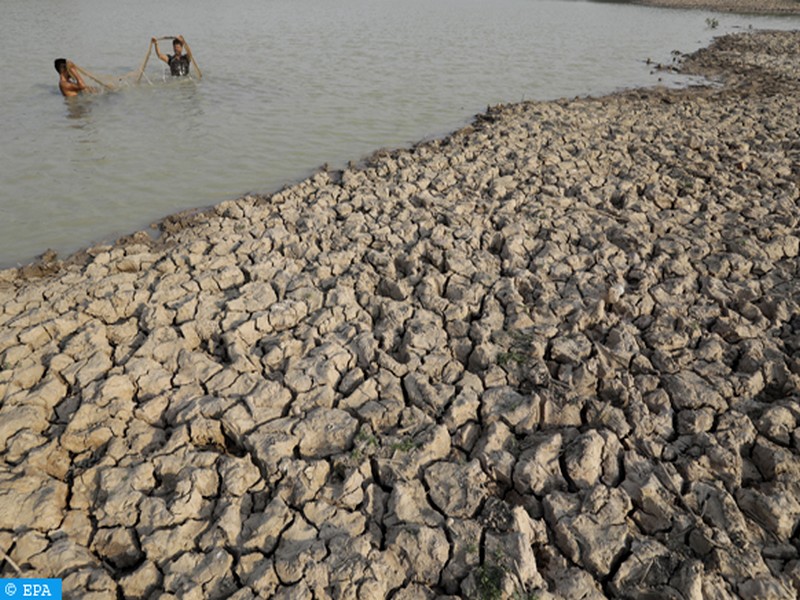
Résilience économique du Pérou face à El Niño : une leçon de gestion climatique inspirée du Territoire soutenable du Géoparc Jbel Bani
Résilience économique du Pérou face à El Niño : une leçon de gestion climatique inspirée du Territoire soutenable du Géoparc Jbel Bani Le phénomène climatique El N
Savoir plus...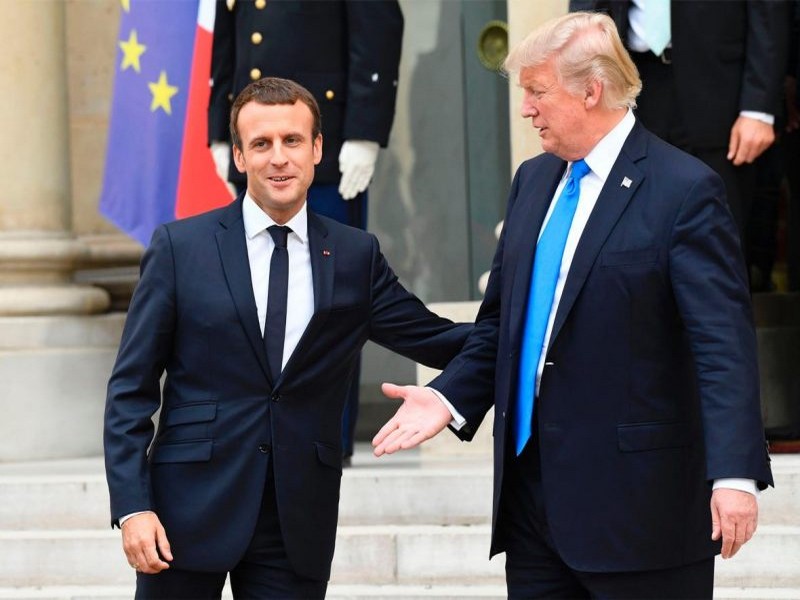
Sommet climat à Paris: 100 pays invités mais pas Trump
Sommet climat à Paris: 100 pays invités mais pas Trump Une centaine de pays ont été invités au Sommet de Paris sur le climat du 12 décembre mais « pour l’instant » pas le pr
Savoir plus...
Kasbahs et ksour du sud-est marocain : KASBAH DES CIGOGNES (Geoparc jbel bani)
Kasbahs et ksour du sud-est marocain : KASBAH DES CIGOGNES (Geoparc jbel bani) Sur la rive droite de l’oued Ouarzazate s’élève la kasbah dite des Cigognes. C’est une propriété privé
Savoir plus...
La météorite de Tata parle enfin
La météorite de Tata parle enfin La météorite martienne découverte il y a moins d’un an dans le sol de la région saharienne de Tata avance prodigieusement les connaissances sur l’
Savoir plus...
Jusqu’à 6 catastrophes climatiques en même temps à cause du réchauffement
Jusqu’à 6 catastrophes climatiques en même temps à cause du réchauffement Des chercheurs mettent aujourd’hui en garde contre la probabilité, grandissante avec les émissions de gaz
Savoir plus...
Le géologue, entre nomadisme et sédentarité » par Hervé LEYRIT
Le géologue est-il un aventurier, un nomade, un vagabond? Ou bien est-il un jeune cadre dynamique qui intègre la mondialisation dans sa carrière? Dans sa vie professionnelle, l'expatriation sera-t-elle choisie o
Savoir plus...Les tags en relation
En savoir plus sur " Géologie et TSGJB - AMDGJB ! "
Consulter les vidéos de " Géologie et TSGJB - AMDGJB ! " Consulter les photos de " Géologie et TSGJB - AMDGJB ! " Consulter les publications de " Géologie et TSGJB - AMDGJB ! " Consulter les éditions de " Géologie et TSGJB - AMDGJB ! " Consulter les communications de " Géologie et TSGJB - AMDGJB ! "Recherche du site
Recherche avancée / SpécifiqueVulgarisation à la géologie
Qu'est ce que les sciences de la terre: vulgarisation Qu'est ce que la géologie ? Géologie et TSGJB - AMDGJB !
Géoparc et Recherche Scientifique
Le coins de l’étudiant



Blog Géoparc Jbel Bani
Dictionnaire scientifique
Plus de 123.000 mots scientifiques
Les publications
Géo parc Jbel Bani

Circuits & excursions touristiques

cartothéques


Photothéques
Publications & éditions



